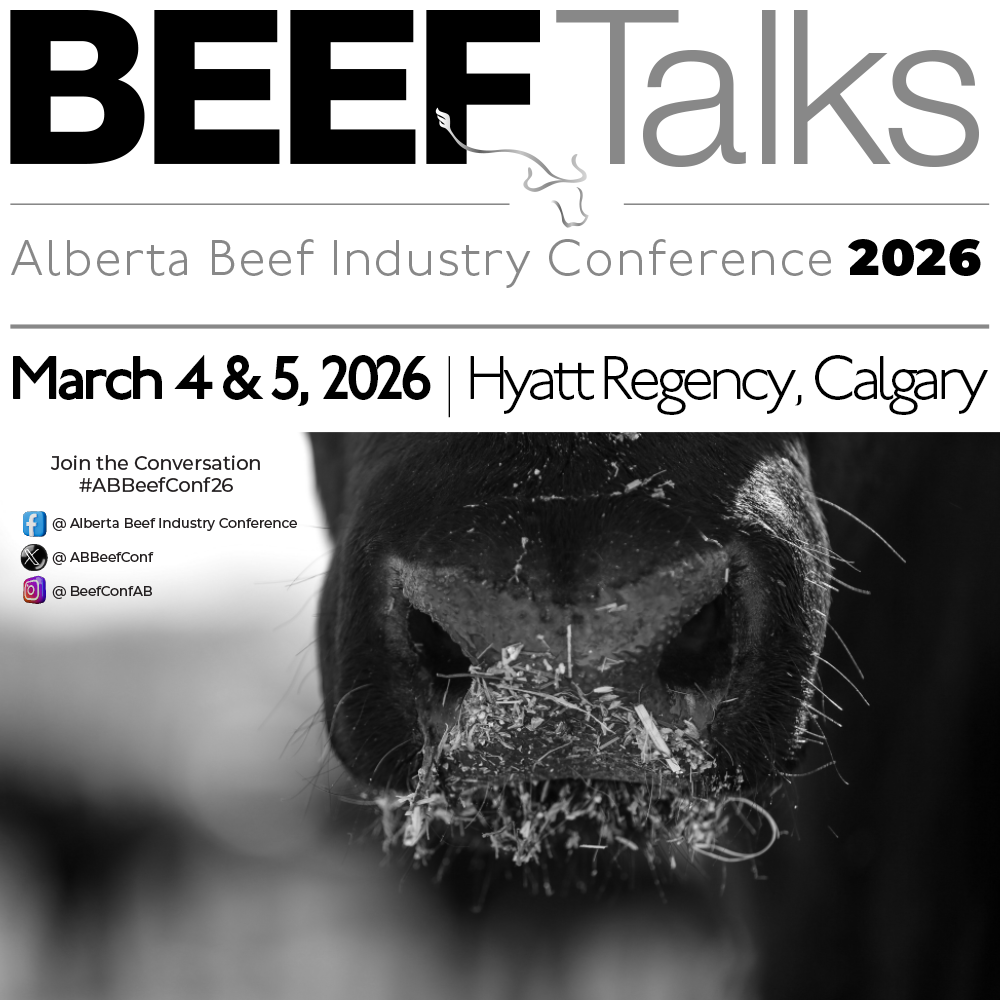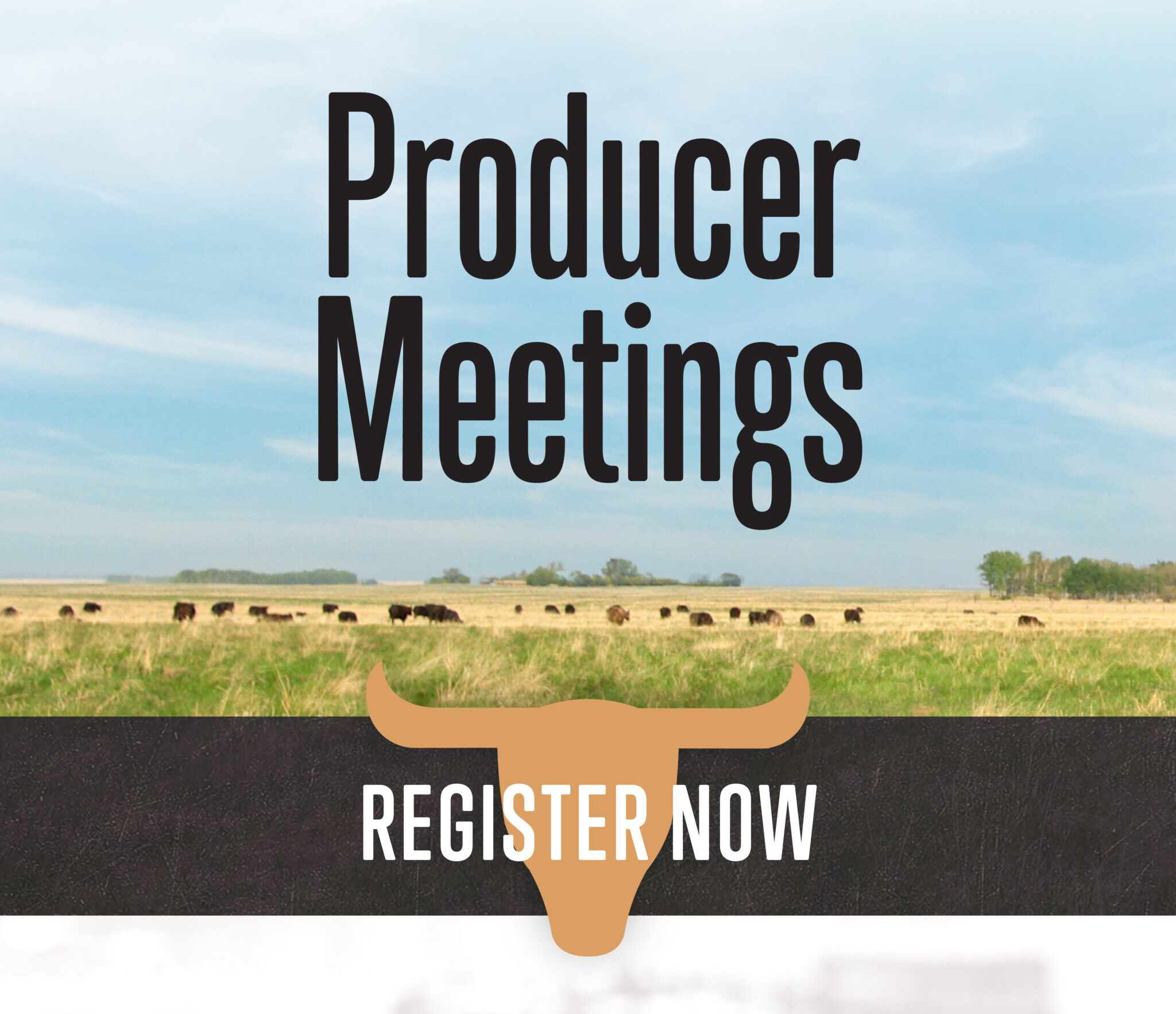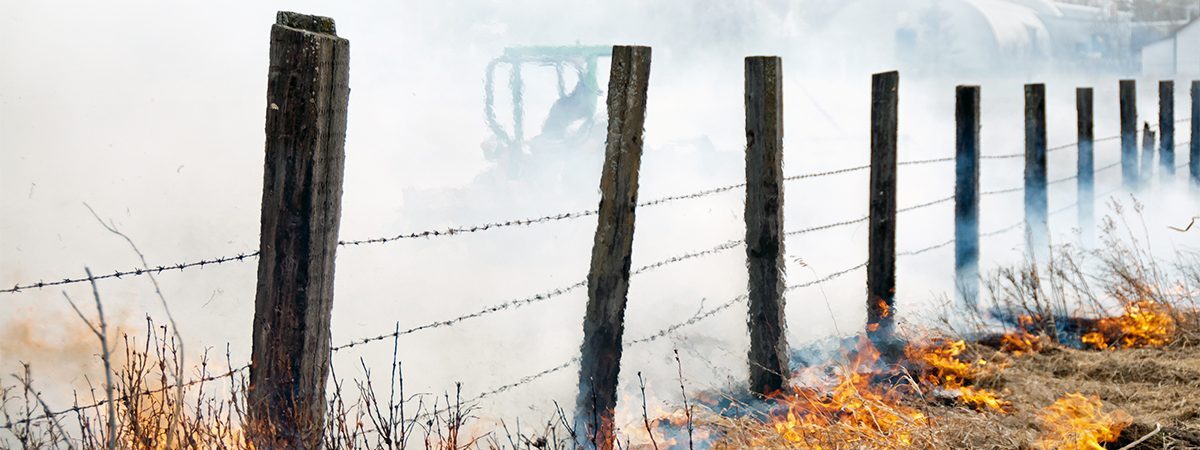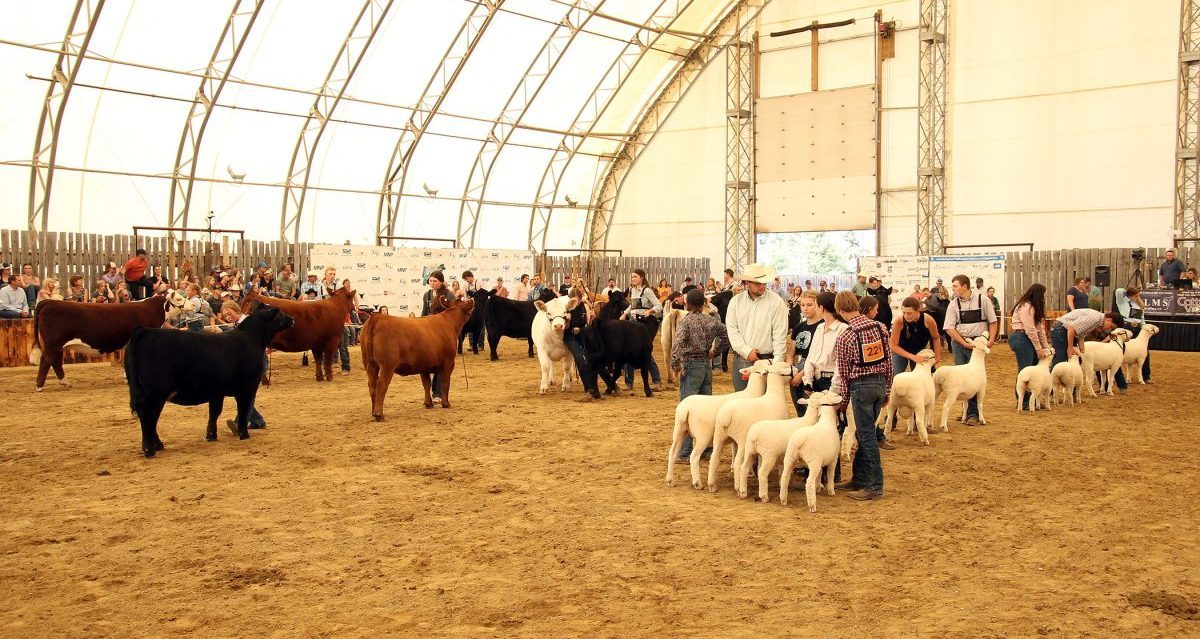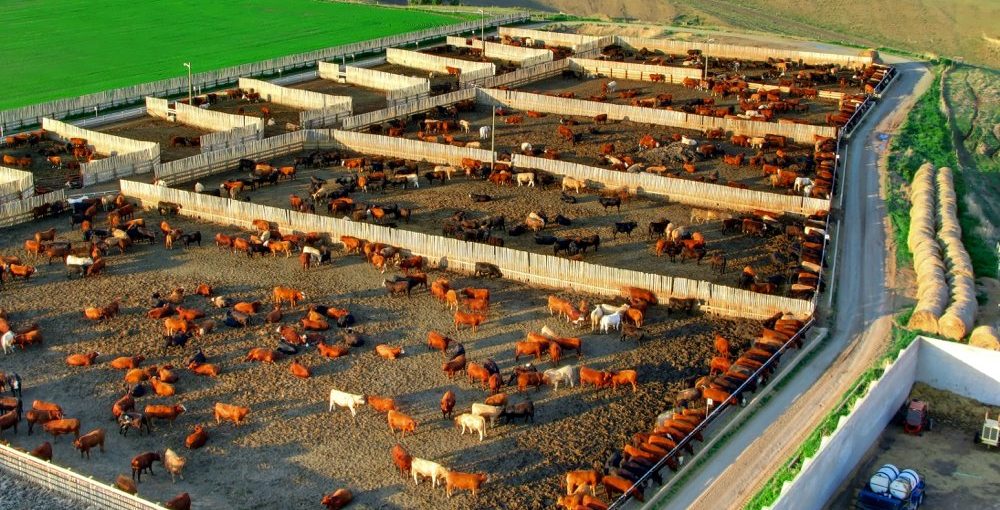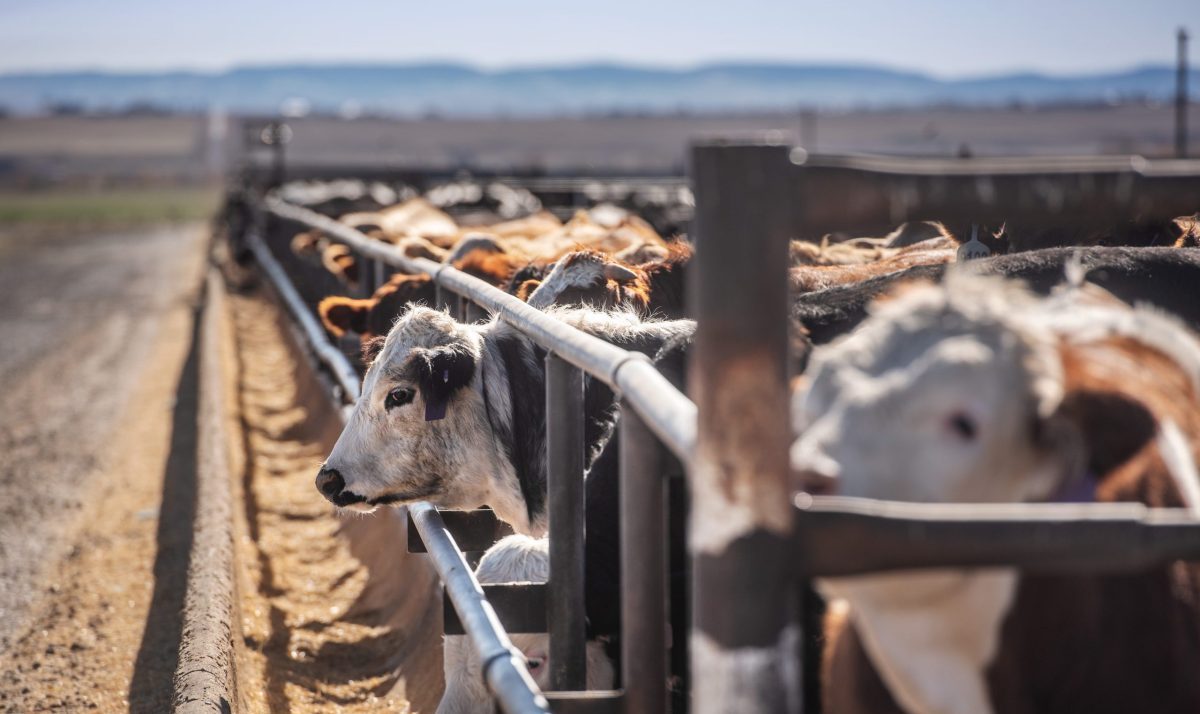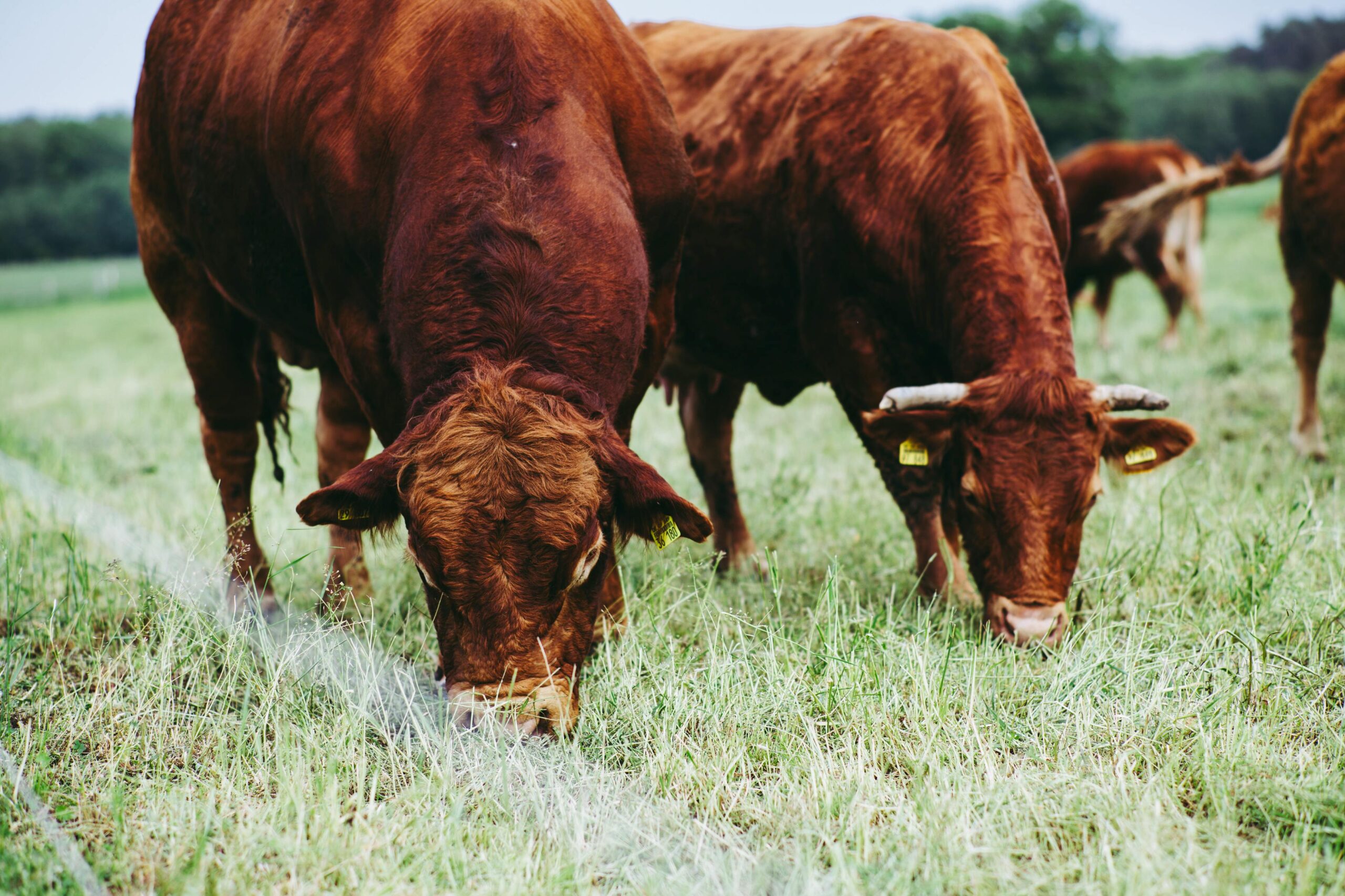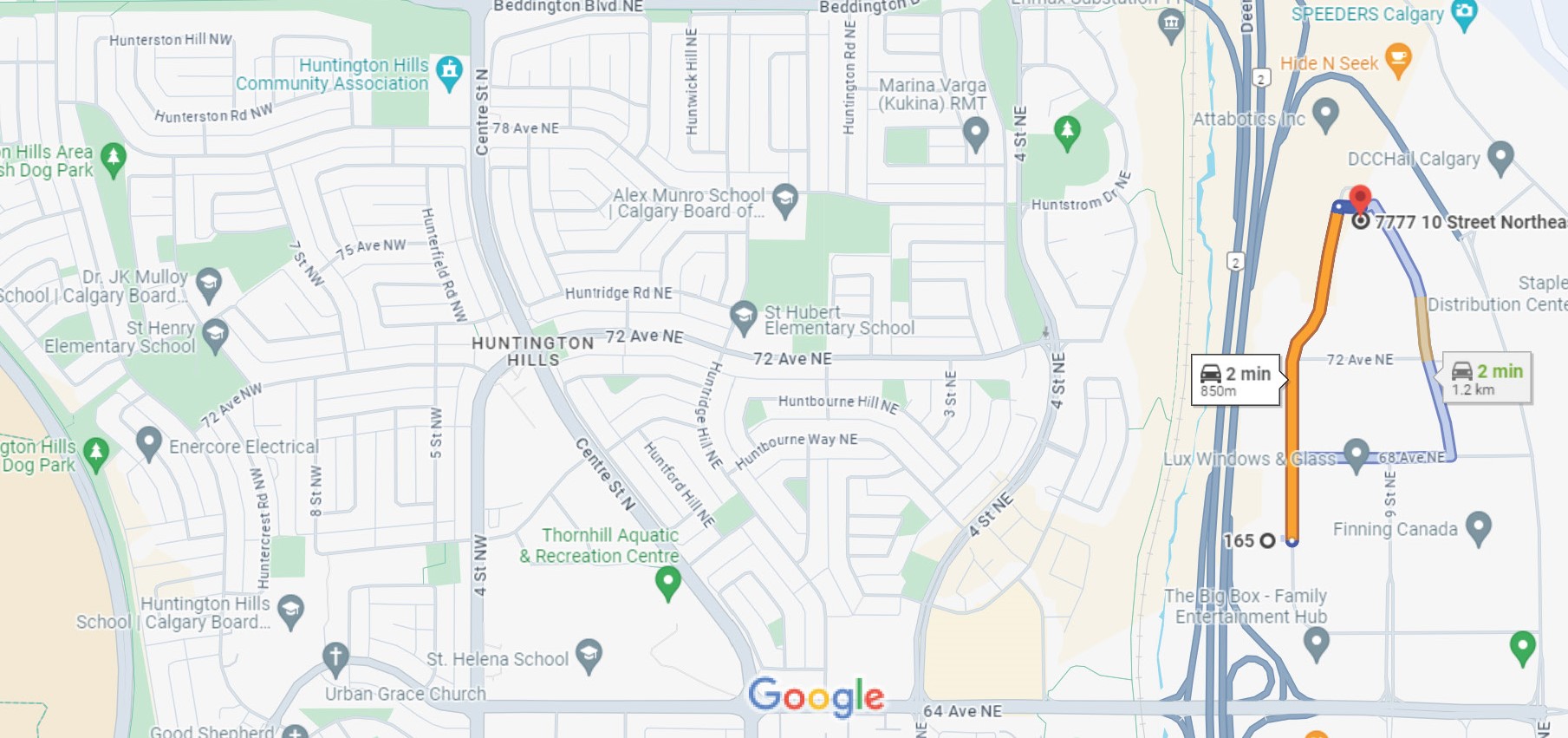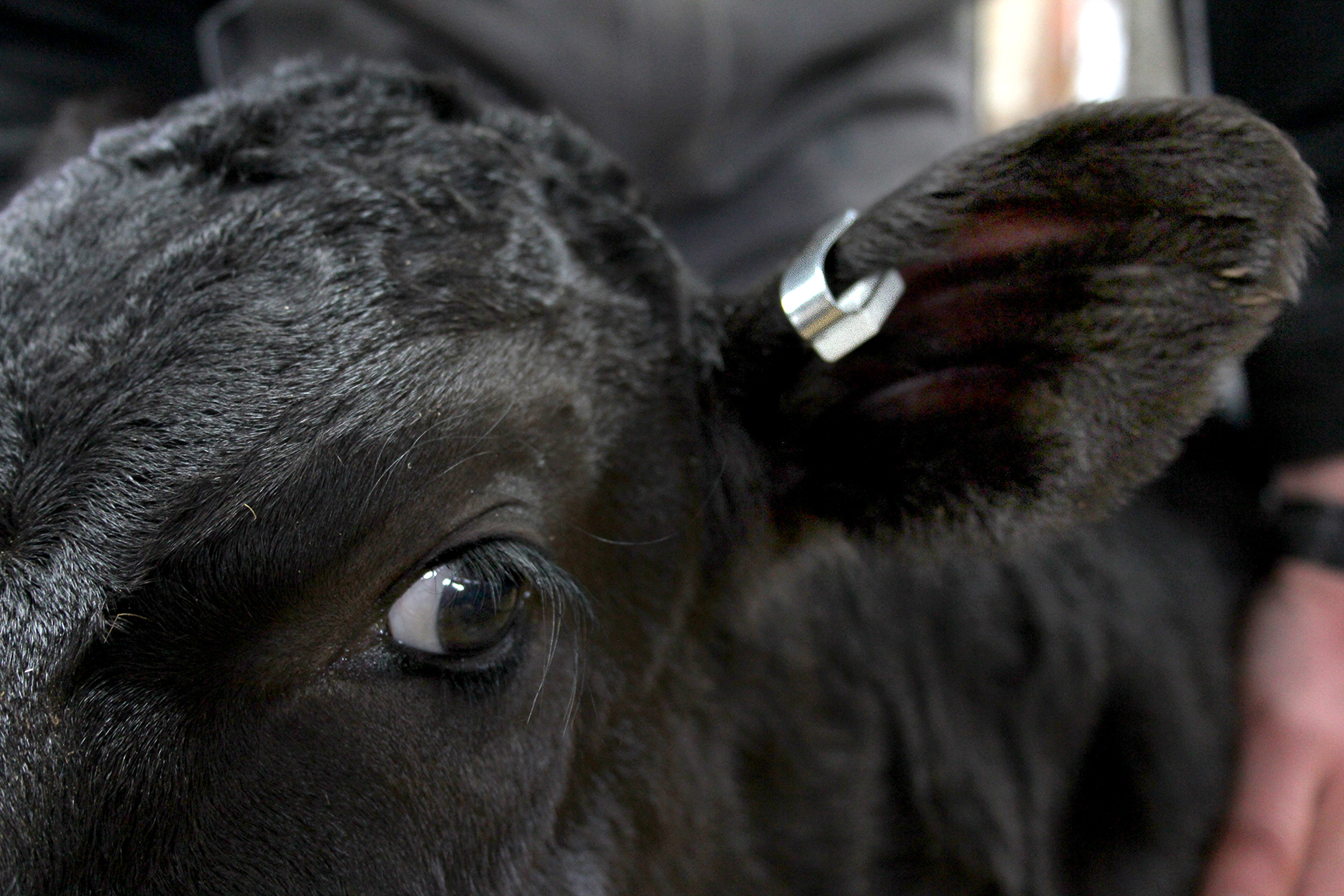AB Direct - Steers
Rail: 492.00-493.50 FOB feedlot (last week)
AB Direct - Heifers
Rail: 492.00-493.50 FOB feedlot (last week)
US Trade- Steers
Rail: 355.00-363.00 (IA, NE) last week
US Trade - Heifers
Rail: 355.00-363.00 (IA, NE) last week
Canadian Dollar
0.19
Fire safety tips for farmyards and pastures
Farm infrastructure and feedstock fires can be devastating. Careful planning reduces the risk. Prairie summers bring heat, thunderstorms, and bugs, but unfortunately, the season also comes with the risk of forest, grass, and farmyard fires. Brad Andres, Director of Emergency Management Services at Alberta Agriculture and Irrigation explains the standard three steps of ‘Personal Preparedness’:…
Canfax Weekly Article | Report for the week of May 13, 2024
In Alberta last week, weighted average fed steer and heifer prices closed the week around $257/cwt live, fully steady with the previous week. Fed calves accounted for roughly 75 per cent of last week’s cash offering while the balance was yearlings. Competition on the Western Canadian market was good with all three Western Canadian packers…
Scholarship applications open for the 2024 Canadian Beef Check-Off Agency award
It is no surprise that Canada’s beef industry continues to focus on the engagement of young entrants into the beef industry, whether that be grassroots producers, future leaders of our national and provincial organizations, or industry partners along the value chain. The Canadian Beef Check-Off Agency (the Agency) continues to diversify its youth strategy with…
Save the date for local 4-H Achievement Days
Alberta 4-H participants are getting set for another round of Achievement Days. Achievement Days mark the culmination of a year’s worth of hard work, dedication, and growth within 4-H clubs. These vibrant gatherings serve multiple purposes: There are a number of Achievement Days across the province. Below you’ll find a list of Achievement Days for…
Alberta Ag Plastic. Recycle It! program extended until December 2025
Alberta farmers can continue to recycle their grain bags and twine thanks to a recent extension of the successful Alberta Ag Plastic. Recycle It! pilot program. Cleanfarms, the non-profit organization operating the program, is excited to announce that it will continue until the end of 2025. This marks the second extension of the program, which launched in October…
Budget 2024: The impacts on agriculture
The Government of Canada unveiled Budget 2024 this week. The budget recognizes Livestock Tax Deferral, the importance of interoperability, the potential for AI, capital gains exemptions, and the Advance Payment Program (APP). Below are some of the ways that Budget 2024 impacts agriculture. Livestock Tax Deferral What is it? The Livestock Tax Deferral is an instrument…
Pre-2002 CFOs encouraged to seek formal grandfathering determination
Do you own a pre-2002 confined feeding operation? Help protect its future with a formal grandfathering determination from the NRCB Did your operation exist, or was it permitted by the county, before the Agricultural Operation Practices Act (AOPA) came into effect on January 1, 2002? If so, now is the time to request a formal…
Nominations open for Alberta Representative on Youth Council
Alberta Beef Producers (ABP) is looking for the next young farmer or rancher to join the Canadian Cattle Youth Council as a Provincial Representative. The Youth Council prepares beef cattle farmers and ranchers (ages 18-40) for future leadership roles, through professional development like governance and board training, and participation in events and meetings. Delegates have…
Introducing NRCB’s Livestock Population Verification Program for feedlots
The Natural Resources Conservation Board (NRCB) has initiated a program to verify that the livestock population of feedlots permitted by the NRCB are within their allotted numbers. The Livestock Population Verification Program is a response to evidence provided by complainants indicating that some operators in Lethbridge County may be exceeding the livestock numbers in their…
Canada’s Code of Practice for the Care and Handling of Beef Cattle to be updated
The National Farm Animal Care Council (NFACC) is pleased to announce that Canadian Cattle Association has initiated an update to the Code of Practice for the Care and Handling of Beef Cattle. The update will be guided by NFACC’s Code development process. The Code development process includes a survey, launched at the outset of each Code,…
ABP moves to smaller, more affordable office
In an ongoing effort to maximize investment in programs that directly benefit producers, Alberta Beef Producers (ABP) is moving to a smaller, more affordable office space. “Our year ending March 31, 2022 showed that just under 25 per cent of our actual expenses went to administration,” says Brad Dubeau, General Manager of ABP. “We’ve made…
Ear tag retention comes down to best management practices
Lost ear tags are a costly and frustrating reality on Canadian cattle ranches. Yet, tags play an integral role in in disease outbreak investigations, as well as in maintaining the credibility of Canada’s traceability system. The Canadian Cattle Identification Agency (CCIA) both examines and investigates reports of retention issues on an ongoing basis. Most of…


